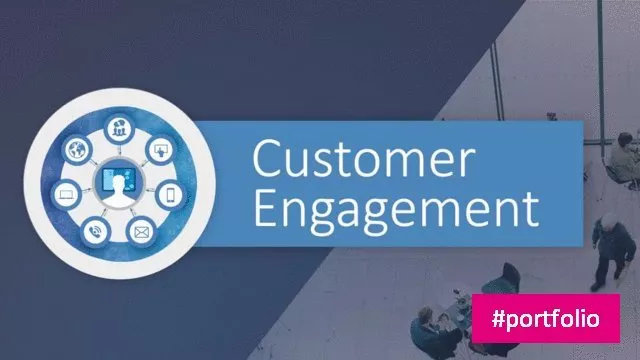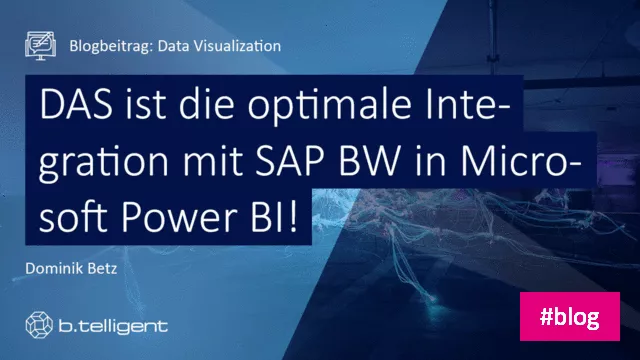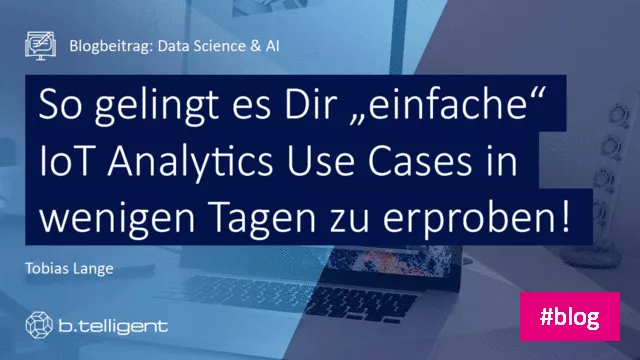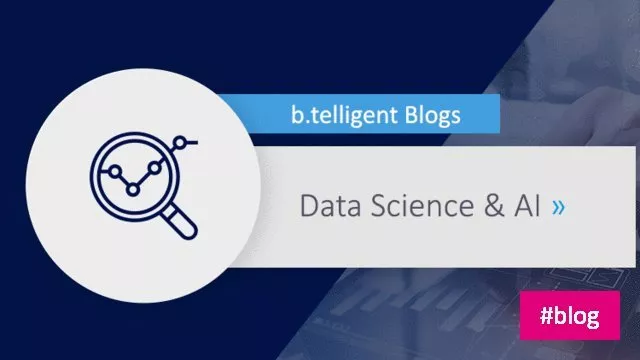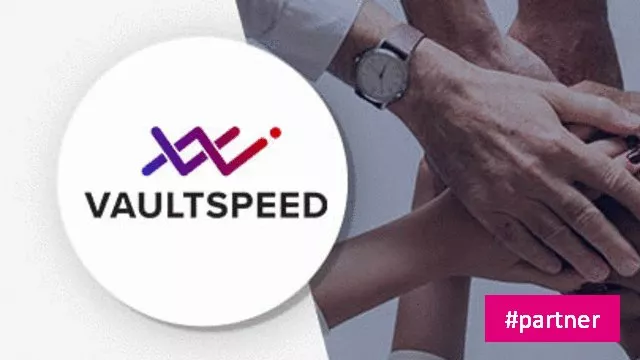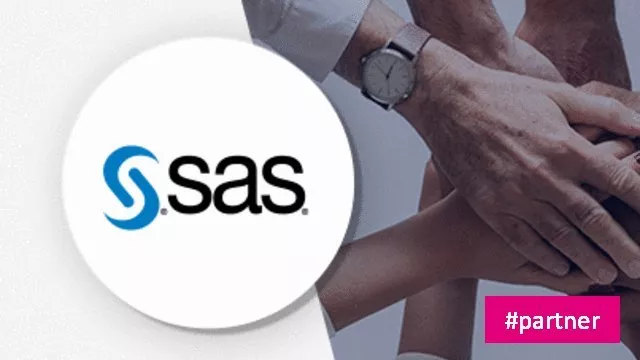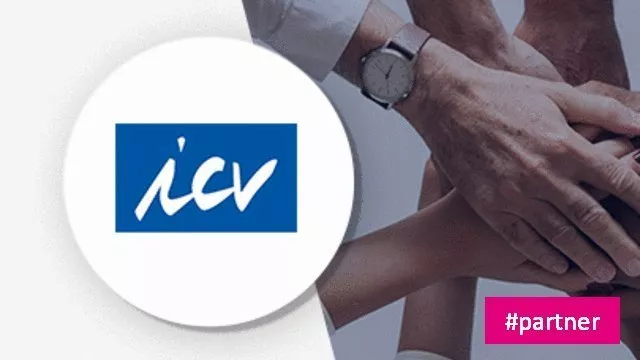Enterprises, particularly in retail, use most of their customer communications and budgets to trigger an ordering and buying process with consumers; included here are activities in upstream processes related to information, research and reservation.In an expert interview, Harald Mösel, principal consultant for customer intelligence at b.telligent shows how enterprises use post-purchase communication to help tell their customers: "You're important to me."
Which opportunities can retail businesses utilize better to increase customer loyalty after the ordering and buying process?
Harald Mösel: The retail landscape generally exhibits a strong imbalance between the high intensity of all efforts up to purchase completion, versus the low intensity of all subsequent measures, i.e. in the process of dispatch and delivery, as well as any required exchange process. Consumer studies by the solution provider Narvar have shown that the major drivers and influences with regard to customer loyalty lie in this post-purchase experience. The key findings of this study are that customer satisfaction and loyalty are influenced significantly and positively by relevant, positive experiences after completion of purchase. The more communication channels a shop owner has to offer, the more positively customers perceive the post-purchase experience. Retailers who offer their customers different channels (such as e-mail, SMS, web, mobile, Facebook Messenger, Google Assistant, voice mail and opt-in options often receive consents automatically. Solution providers such as Narvar who specialize in targeted end-customer communication in the framework of the post-purchase process have now positioned themselves on the market.
Which types of communication can be represented with such solutions, and which technical possibilities help integrate such software solutions into a retailer's system landscape?
Harald Mösel: In the framework of the post-purchase process, order updates are among the most common and most important forms of communication for establishing and increasing customer loyalty. This usually includes information on the consignment's planned dispatch, actual dispatch, current whereabouts and arrival. Individual communication of transaction details can not only be used to establish customer confidence, but is also an ideal vehicle for intelligent "on-top communication" after purchase, for example, for advertising articles matching the purchased one, and recommending suitable products, accessories and possibilities of application. News and bestsellers can also be advertised in the framework of order updates. The higher the ordered product's price, the greater the significance of active post-purchase communication and information for customers regarding delivery status. The more money consumers invest as part of purchase, the higher their expectations regarding information about current delivery status from the provider.
Delays in the delivery process or errors during dispatch are among the unwanted side-effects for customers as well as retailers, but can sometimes not be completely excluded. How important here is proactive and early communication with the customer?
Harald Mösel: The earlier and more appreciatively a retailer communicates with a customer, the less unpleasant any negative news will seem for the latter concerning delivery of goods ordered by them. Compared with negative news of this sort, customers perceive no news or late news as more unpleasant. However, if an attractive incentive is included as a small compensation (e.g. free shipping of the customer's next order), then the customer will feel appreciated by the provider even in the inherently unpleasant situation involving delayed or erroneous delivery.
High return rates are among the very costly side-effects of the retail business. Which opportunities are opened up here for retailers?
Harald Mösel: Each individual return by a customer, regardless of the cost dimension, is also an opportunity for the retailer to communicate with the customer and to once again positively influence the further course of the customer life cycle. Clear communication of return options, configurable return reasons and quick settlement with clear confirmation by the company are key success factors. By means of self-service return applications, consumers can return or exchange goods very easily. This includes the ability to select reasons for a return as well as the method of return (e.g. submission to a branch), generate a QR code or sticker, as well as perform tracking and communication for the purpose of refund.
What must be borne in mind by a retailer who offers their customers the possibility of online shipment tracking?
Harald Mösel: Implementation of customer communications in the form of order updates (shipment tracking) necessitates direct and live integration with shipping service providers such as DHL, Hermes, DPD and GLS . Depending on the business model's international scope, a large number of relevant interface and carrier integrations can quickly become necessary here. A suitable solution provider should offer the highest possible number of relevant carrier integrations, via an API, for example.
Arising as a result in the retailer's online shop is a tracking page which, in its simplest form, does not include integration of end-customer data. The retailer solely needs to replace the existent shipment tracking link in their shipping confirmation with the solution provider's tracking link. In accordance with the country, the solution provider ensures adaptation of content to the local language. This tracking link can also be integrated into the end-customer's login area at the online shop.
On the online shop's tracking page, the consumer is able to specify the channel of their choice. Accordingly, they can obtain information not only via e-mail, but also SMS, WhatsApp, Messenger or voice mail for example. The shipment tracking page can be personalized in accordance with the degree of integration. Connection to the retailer's order management system is necessary for this type of integration. The order and tracking ID's enable unique personalization. In this regard, the highest possible number of relevant standard integrations for order management systems on the market is another important criterion for selecting a suitable solution provider. Proactive communication of bad news also requires end-customer allocation through connection to the corresponding order management system or direct integration into shop systems. This applies similarly to the realization of functionalities related to returns.
And how can automated end-customer communication be represented technically according to modern requirements?
Harald Mösel: Ideally, appropriate campaigns are created and placed using a state-of-the-art campaign management system via corresponding interfaces. The changes in delivery status described above are each defined as an event acting as a trigger to place corresponding order updates with the customer via the preferred channel. Integration into a modern customer-intelligence architecture provides not only the advantage of targeted and automated customer communication, but also the possibility of using integrated reporting and defined KPIs to improve performance during post-purchase communications.
Finally, what are the main arguments for intensive post-purchase communications?
Harald Mösel: Provision of service centres and personal communications results in high fixed costs of complex infrastructures and staff at many enterprises. However, more and more customers are now used to finding answers to their questions themselves quickly and in a targeted manner on digital platforms using self-service options. Such self-services, e.g. for efficient processing of returns, can be a meaningful and truly relevant form of quick solution to issues after purchase of a product.
Companies which not only invest money to encourage customers to buy, but also keep them informed after purchase through intensive communications via their preferred channel, can distinguish themselves positively from the competition through unique post-purchase experiences in a world otherwise characterized by interchangeable products. Intensive post-purchase communication with customers ultimately sends one signal in particular: "You're important to me" - and this signal is rewarded in the form of customer loyalty.
----
Harald Mösel is an expert in customer intelligence, software-based marketing and CRM solutions, as well as digitization of points of sale. With many years of experience as a manager and project leader, he covers the entire added-value chain from analysis, through planning and design, right up to implementation and optimization of complex projects for medium-sized businesses and groups.



